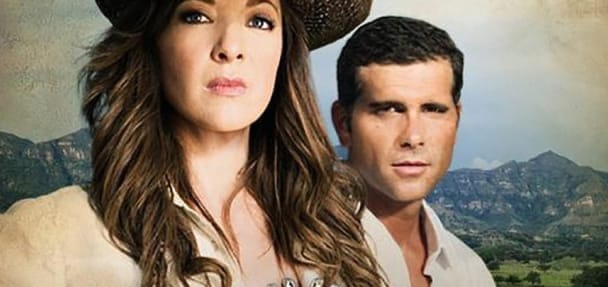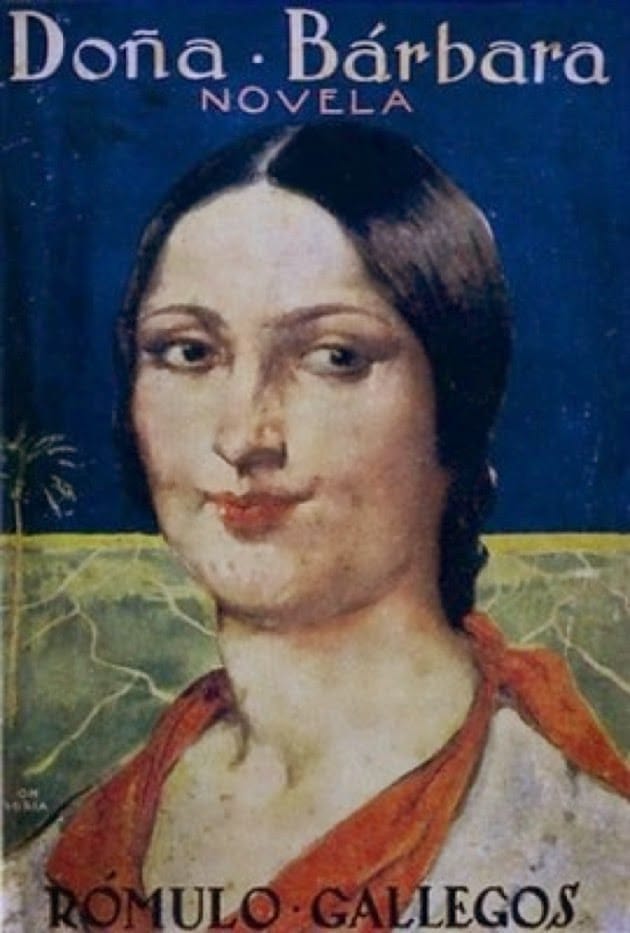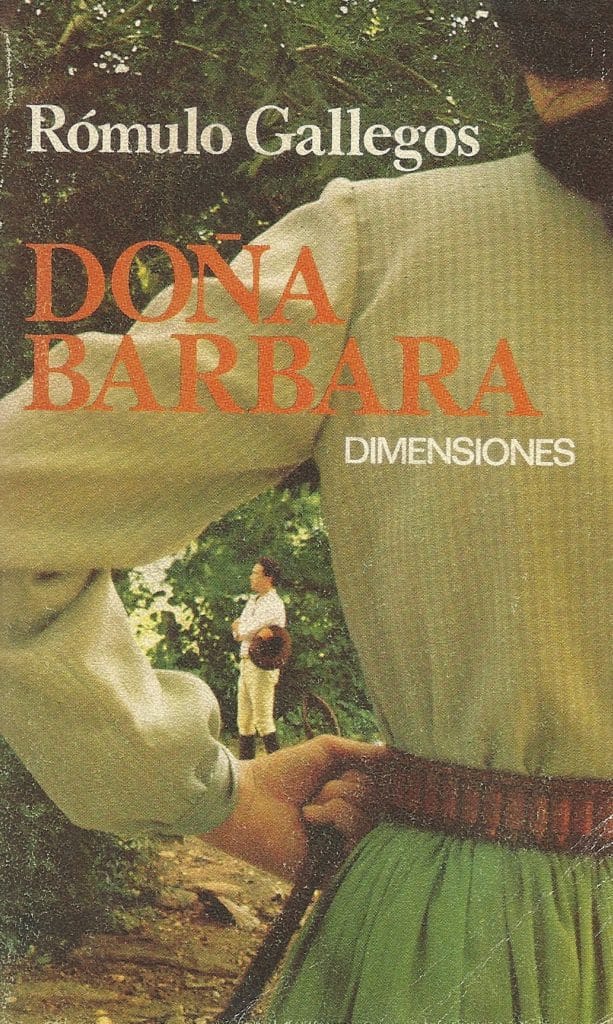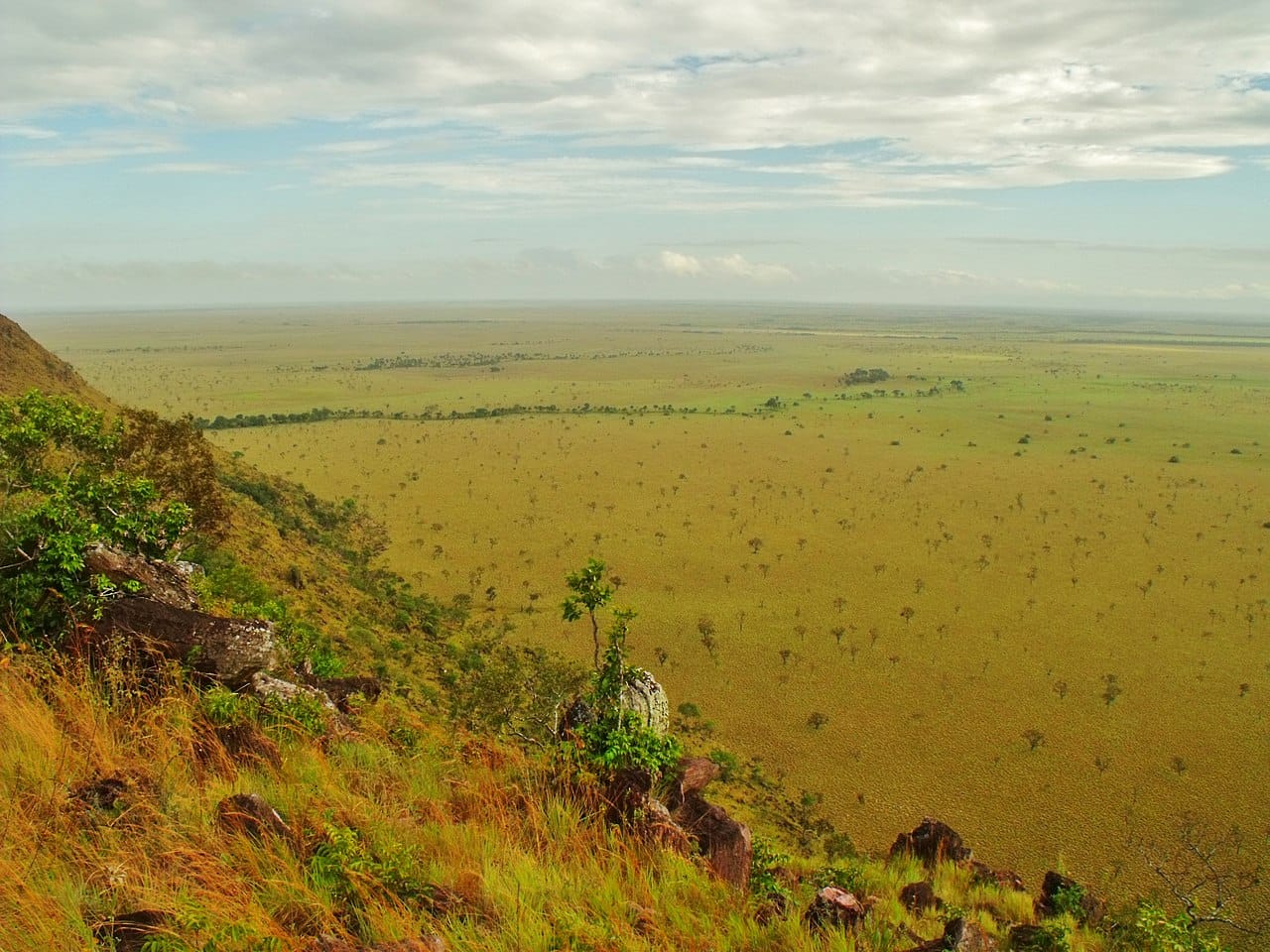Venezuela's greatest novel, 'Doña Bárbara'

If the national foundation myth of México could be said to be Cortés and Malinche, in Venezuela and much of South America it's the story not just of Simón Bolívar and liberation from Spain, but also of Doña Bárbara, Santos Luzardo and Marisela. They are the central characters in the sweeping romantic novel Doña Bárbara by Rómulo Gallegos, published in 1929, with modified editions to follow. It is set in the Venezuelan inland plains (the "llanos" of Apure state) in the early 1900's.

The story: Doña Bárbara is the most beautiful woman in Venezuela and owner of a large hacienda. Many years earlier, when “Barbarita” was 15-years-old, she was brutally raped by smugglers and nearly sold into captivity. In the following years, this mestiza beauty exploits men in order to gain more land and livestock through magic spells (brujería), bribery and violence until she is very wealthy. But, she has become bitter and cruel, abandoning her daughter Marisela and unable to find a man she loves. At the age of 40, she encounters Santos Luzardo and falls in love with him, but he falls in love with Marisela and she with him. Defeated, Doña Bárbara decides that history must not repeat and she leaves her land to Marisela, to whom it belongs anyway. (This, of course, is only if one ignores the original land dispossession of Amerindian peoples.) Santos Luzardo and Marisela represent the future of the new country and Doña Bárbara disappears – but does she go into exile somewhere else or does she commit suicide? The telenovelas have wrestled with this dilemma. Is Bárbara an indigenous feminist heroine or a dangerous and doomed femme fatale like La Llorona?

For much of the 20th century Doña Bárbara was regarded as "possibly the most widely known Latin American novel," because it was taught in schools across the continent as a novela de la tierra. (As such, it reminds me a bit of Gone with the Wind, which was published around the same time - 1936). Doña Bárbara certainly fascinated Carlos Fuentes, Gabriel García Márquez and Mario Vargas Llosa and it has generated a host of telenovelas, movies and even an opera. This is an alternative book cover, from 1979:

The secret to the novel’s success is really Doña Bárbara, a strong Latina who is both a wild woman sorceress, a “man devourer” ("La devoradora de hombres") to some and, to others, a righteous woman who has suffered much at the hands of patriarchal men. By the end, have love and justice won over evil and caudillismo, has civilization (Santos = saint) won over barbarism (= Doña Bárbara), has the patriarchy vanquished the matriarchy? The novel is clever enough to make Doña Bárbara such a wonderful, powerful iconic figure that the reader – especially women readers – may actually prefer to follow her into the swamps or exile or wherever she goes, rather than settle for the domestication offered at the end of the novel. The nearby national park is known these days as Parque nacional Santos Luzardo and it is an amazing place, but it's a shame no one wanted to name it Parque nacional Doña Bárbara.

